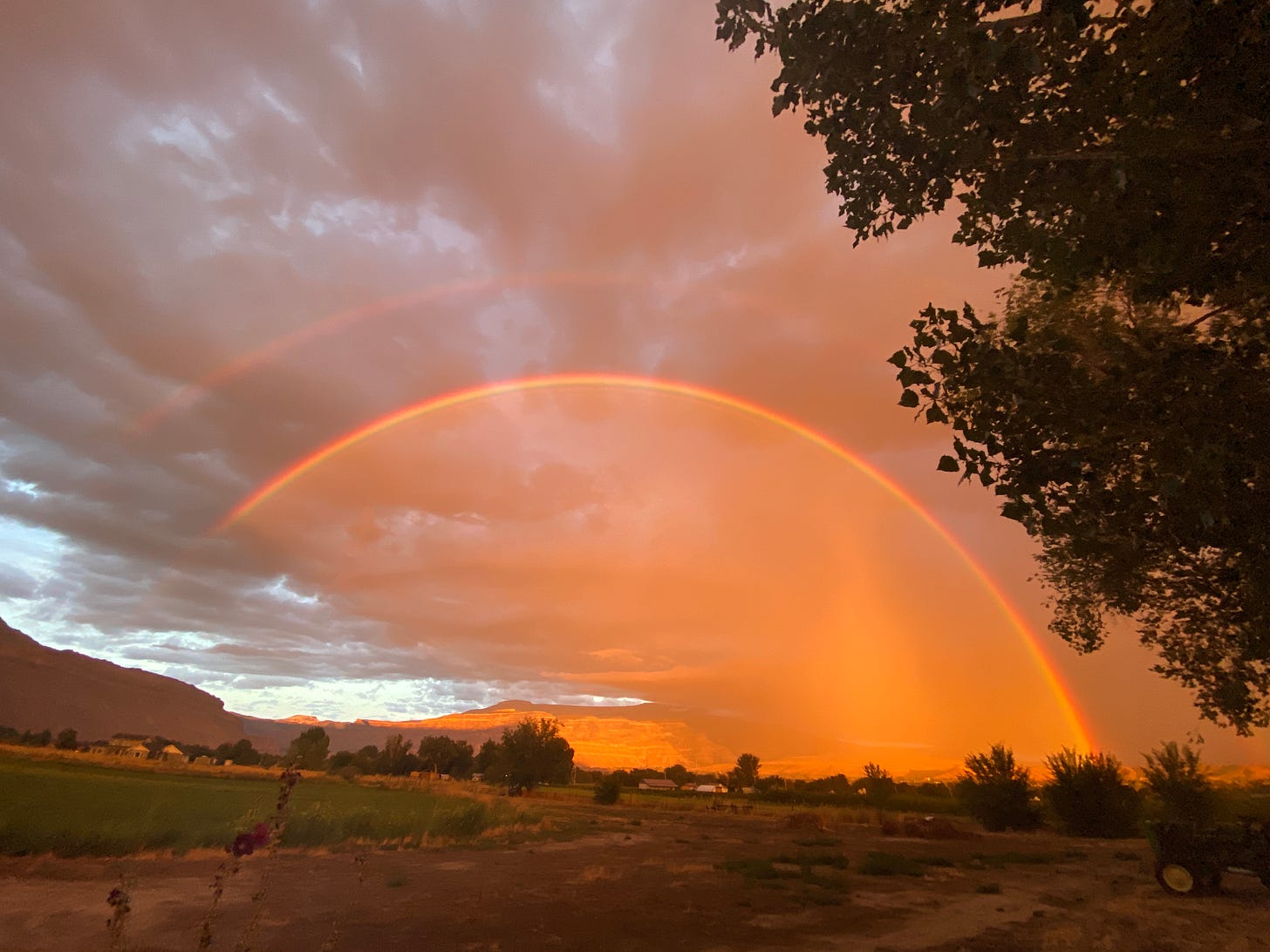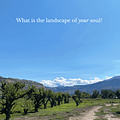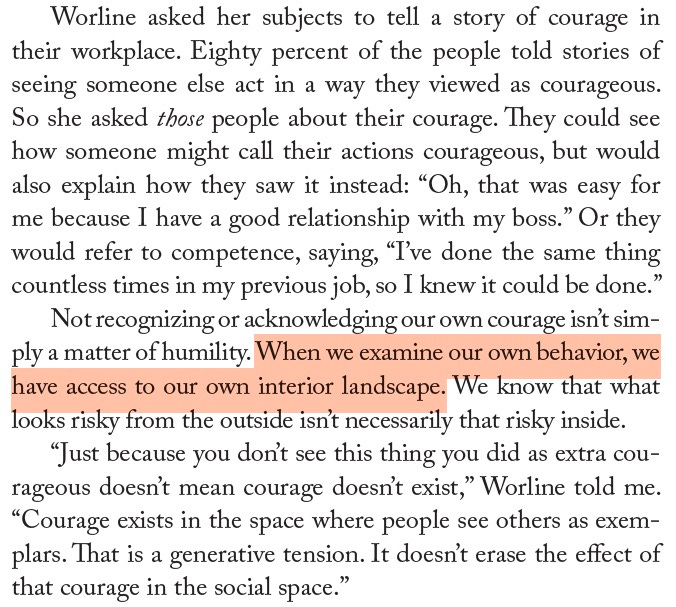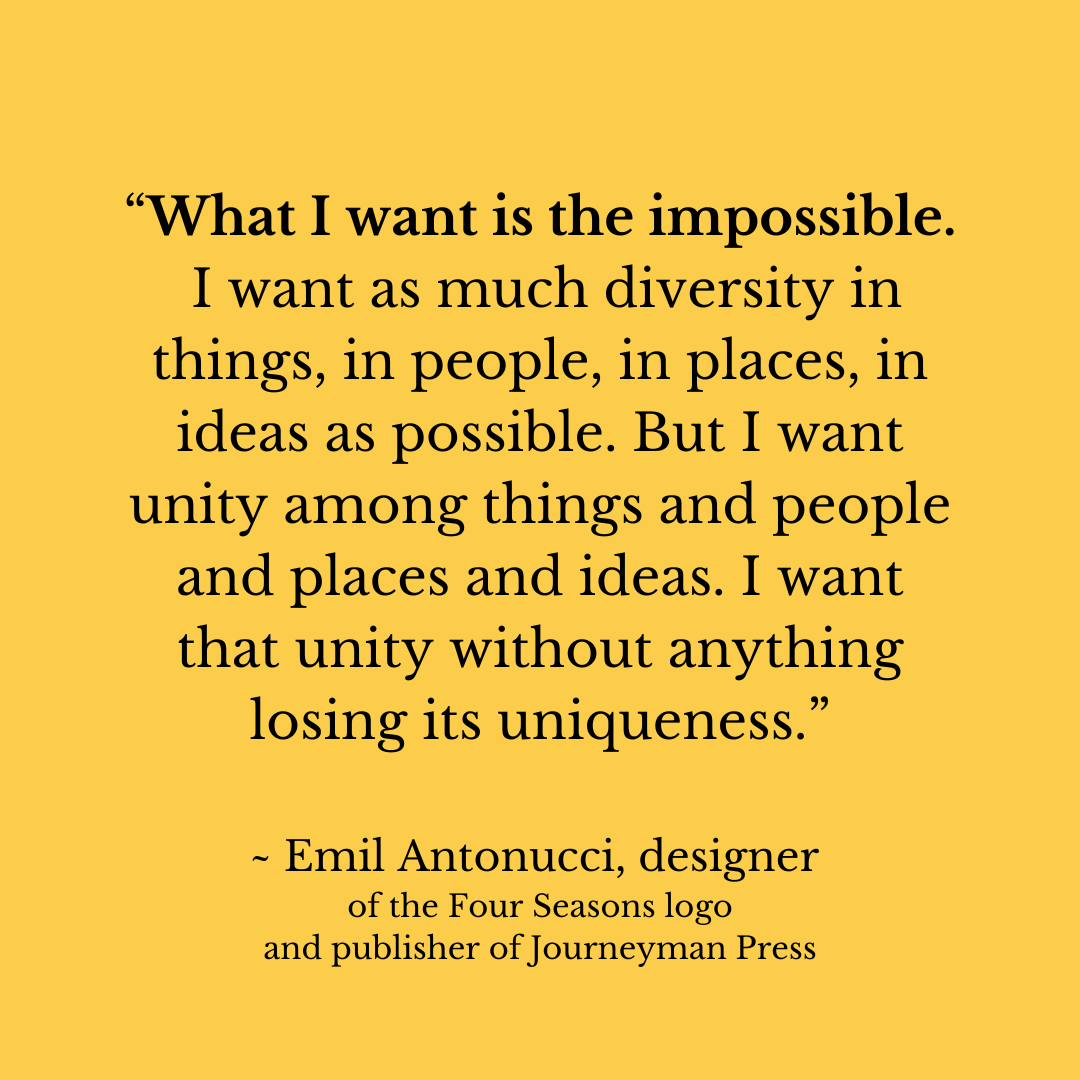What is the landscape of your soul? My sister gave me that prompt, which she got years ago when reading Dakota: A Spiritual Geography by Kathleen Norris. It’s a memoir of the author’s move from New York to South Dakota, where she ended up putting down roots in the house she inherited there built by her grandparents.
I’ve been asking myself this question, probably for decades as I moved from Denver on Colorado’s Front Range of the Rockies to Oak Ridge, Tennessee, where my son, Wil, was born (we used to tell him he had a Tennessee belly button). We moved back to Denver (1998), then in 2001 to the Western Slope of the Rockies to the land of orchards and vineyards. Six years later, back to Denver. Six years after that I moved to Seattle when Wil went back East for college. Six years later, back to Colorado, where I preceded my settling with a four month “free range road trip” when I thought I was still looking for the landscape of my soul. COVID and my mom’s full-blown onset of dementia decided that Palisade, Colorado it was, staying put here for her duration and then some.
As I walk around the acres-big “block” each morning, I step into this landscape of my soul, passing the concrete-lined river of the irrigation canal, peach and pear orchards, bee hives, livestock corrals, rows of mowed hay. The backdrop to the north is called The Bookcliffs. I forget the fun irony that I am now a publisher and published author, those cliffs soul-affirming that I’m in the right place. To the east is Grand Mesa, boasted as the world’s largest flat top mountain at over 10,000 feet. Down south, the San Juans are often hidden by hazy skies and foothills in between, and to the West is a glimpse of the Colorado National Monument, red canyonlands like a mini Grand Canyon.
What is the landscape of your soul? Here’s mine:
I first described this Grand Valley in a fairy tale I began writing in Denver in August 1999, years before I moved here.
Once upon a time and not so far away, a boy lived with his mother and father in a small, peaceful village. On one side of the village was a strong, forested mountain range, providing a beautiful backdrop on which they leaned in comfort. On the second side were checkerboard fields full of vegetables. On the third side were rows and rows of fruitful orchards and grapevines. The fourth side of the village was open—open to the wind and the rain and the road that went out to the rest of the world.
That I knew it so well before I lived here felt like soul affirmation when I revisited those words decades later. How did I know that’s where he’d live, where the boy would set off from to find the dragon he was destined to face (whether he was meant to slay dragons is part of that tale I’ll save for another time).
It’s not the first time a piece of art, so to speak, seemed to foreshadow where I would live. When I was living in Tennessee, I had a large horizontal poster of a western landscape, all turquoise sky, some red mountains below. It looked so much like where lived later. I also once painted a picture of a tree with a field beyond it and tinier tree in the distance. Years later out my windows, I noticed that same composition, which is when I recognized that landscapes are archetypes. Duh!
Whether mountain top, valleys, high desert, forest, rivers or ocean, back yard, our earth geography offers a glimpse of our inner landscape. Sometimes the landscape is as small as a snail on the sidewalk, roses in the garden, or zinnias in a pot. Do you ever think about your own inner landscape? Or how it might support your heart’s courage—or fear? Does where you live make you braver?
You might not think your life is courageous, but that has to do with your comfort in your own inner landscape. I learned this from researcher Monica Worline, who I interviewed for The Courage Way. She said not recognizing our own courage isn’t simply a matter of humility. When we examine our own behavior, we have access to our own interior landscape. We know that what looks risky from the outside isn’t necessarily that risky inside.
This morning on my walk, I realized the clouds are as much a part of my landscape as the land they float over. I have a native Coloradoan’s pride about the cumulous clouds we accumulate here ever day. The frequent cloudless blue-sky days, year around, I believe contribute to the natural optimism and sunny, friendly disposition of most Coloradoans. I could be biased about that. (When we had clear-blue skies in hazy Tennessee, we called them our Colorado days.) But does that also contribute to an oft-criticized Pollyanna positivity, an impatience to sit with internal gray skies, whether mine or someone else’s?
Last weekend I had the pleasure of hiking new trails that took me through fairy-tale like alpine forests then the tip-top of the mesa with far-off vistas. “Now this is my kind of landscape,” I told my friend Carrie who had introduced me to these places. I felt like my Capricorn sun was so happy to be a mountain goat, sitting on rocks in the sunshine with rocks to climb, views and sun to soak in.
I once sat by a tiny creek in the mountains with my mom, after a season of heavy-duty cancer caregiving. We looked at the mountains across the valley, to Mt. Elbert (Colorado’s tallest peak at 14,439'). Which I’ve never climbed but spent summers and winters playing beneath. I wrote about it in Damocles’ Wife, my cancer caregiving memoir:
Our landscapes—both inner and outer—offer metaphors that can help us better understand our hearts. What about helping us understand the hearts of other people as well? Thanks to a friend named Will Johnson (check out his Fenlands Musings), I found this great essay on metaphor by Cynthia Ozick. In a 1998 Atlantic Monthly interview she said, “Just as you can’t grasp anything without an opposable thumb, you can’t write anything without the aid of metaphor. Metaphor is the mind’s opposable thumb.” In her essay “Metaphor and Memory” she also writes:
“Without the metaphor of memory and history, we cannot imagine the life of the Other. We cannot imagine what it is to be someone else. Metaphor is the reciprocal agent, the universalizing force: it makes possible the power to envision the stranger’s heart.”
This morning on my walk, Woody Guthrie’s retro folk song popped into my head,
This land is your land, this land is my land
From California to the New York island,
From the redwood forest to the Gulf Stream waters;
This land was made for you and me.
As I watched the DNC roll call last week where each state had a song and then spoke about what makes each of their states so unique, I thought about how vastly different we people are and our landscapes. Not only in the US, but around the globe. What if unity were possible because we embraced the uniqueness of our diversity? I dug out one of my favorite quotes about diversity and unity:
Except it IS feeling possible now. I’ll add to that this quote by Michael Meade:
“Rather than the need to heroically save the whole world, the real work of humanity at this time may be to awaken the unique spark and inner resiliency of genius within each person.”
What if our inner resiliency becomes possible by traveling through the landscape of our souls, finding out what gives us strength? Finding what makes our hearts sing? And then finding out what makes our neighbor’s hearts sing or quake in their boots? What gives us resilience as human beings? What can bring us together?
On August 13th, an amazing double rainbow brought our town together. Dad and I ran outside to see the sky after glimpsing a hint of rose-gold glow from our window. We called neighbors. We spun in awe at all corners of the sky. We went back inside and started sharing our pics. And saw that others in our town were doing the same. That double rainbow created a shared moment of awe for our local human beings, which we then shared beyond our valley virtually.

What is the landscape of your soul whispering to you lately? Is it calling you to make time for yourself to reflect and rejuvenate?
Consider these upcoming Courage & Renewal retreats:
Speaking of awe and beauty (of that double rainbow especially), check out this upcoming retreat by my Courage & Renewal facilitators, Sarah Averill MD (one of my writing friends) and Marcia Eames-Sheavly: The Power of Wonder and Awe: Reclaiming Beauty as a Revolutionary Act, on November 1-3 at Light on the Hill retreat center, a sacred space to find peace and solace away from our everyday pursuits. Perched high in the hills of Van Etten in Central-Upstate New York, the center is located on 236 acres of woods, streams, gorges, and walking paths and offers panoramic views of the Allegheny Mountains. This Circle of Trust® retreat is offered as a space to reconnect with curiosity, awe, and wonder, cultivating a deeper appreciation for beauty in the world, even as we witness pain and suffering.
Attending to True Self in Turbulent Times is for those who might be feeling unsettled in our turbulent world. Facilitators Will Johnson and Barbara Reid are offering this weekend retreat in the U.K. to offer nourishing and guided space to deepen your connection to true self, re-establish a greater sense of inner integrity and discover what truly wants to flow through you. November 15-17 at Ammerdown, a sanctuary of peace, set in the heart of beautiful Somerset countryside, just 12 miles south of Bath and 16 miles from Bristol. The retreat centre nestles in the grounds of Ammerdown Park, with space to relax in the garden or wander further afield through woodland and open countryside.
And a new podcast, Becoming A True Human
Becoming A True Human podcast is now under way, hosted by David Kopacz, MD (author of Caring for Self & Others from Creative Courage Press) and his friend Chris Smith, a therapist, meditation teacher, Whole Health educator, storyteller, author (Be a Good Story), and founder of the Academy for Mindfulness consulting. The first episode, “Lost,” explores topics of burnout as an initiation into becoming a wounded healer, soul loss, yoga for the health of healers, and we end with a meditation exercise and a poem, “Lost” by David Wagoner. Find the podcast on the Becoming Fully Human blog here.








What a great question, and such a lovely, soul-nudging post, Shelly!
"Does where you live make you braver?"
I never thought about the connection between courage and the place where we live...
Just returned from a holiday in the Algarve, where we met a couple from Colorado (he is from Denver, she originally from Montana) looking for the landscape of their souls... in Portugal...
Courage, I guess, also is connected with familiarity, with what comes easy to us. When it feels scary to others, they think it's 'brave'... The funny thing is, courage doesn't always feel like courage, when it's 'perfectly normal' to us.
Thanks Shelly! Beautiful pictures and writing. What is the landscape of my soul? I will live into that question. Metaphor. Goosebumps. I came across this quote from Canadian poet Don McKay, “metaphor’s first act is to un-name its subject.”
Place and soul. I can only say that I hear myself loudest in the forest. What is that deeper voice? I have no words for it. What are poets for? To un-name the landscape of our soul? Maybe language can never hold the feeling your beautiful pictures and landscape know.
Bless you! Keep writing. We need you.
🙏❤️